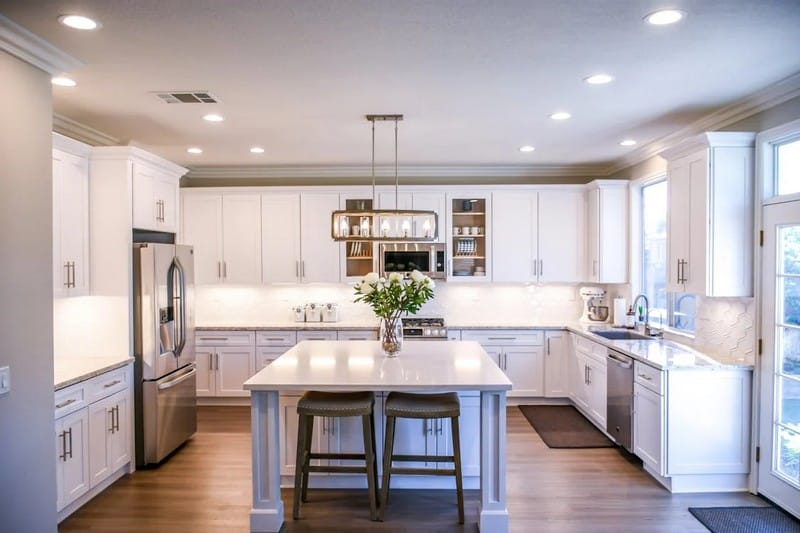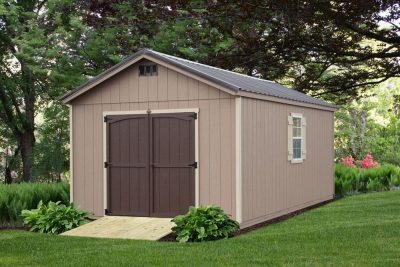
Thinking about tearing out your outdated tile in South Carolina? Maybe knocking down a few walls or finally tackling that roof you’ve been pretending doesn’t leak? You’re in good company. Across the Palmetto State, especially in growing cities like North Augusta, homeowners are rethinking their spaces—partly because home values are rising, and partly because we’ve all spent just a little too much time staring at our own walls. In this blog, we will share the renovation mistakes that derail great intentions—and how to sidestep them with clarity and confidence.
Changing the Plan Mid-Stream Without Calculating the Cost
Creative sparks are great until they arrive halfway through demolition. One of the most costly mistakes during renovation is shifting gears after the work begins. Changing layouts, upgrading materials on the fly, or rethinking design elements might seem harmless—but even small changes ripple through the budget and schedule.
That new idea for open shelving? It could affect wall structure, electrical lines, or plumbing. Upgrading your counters might mean reordering cabinetry or shifting delivery timelines. Every change brings decisions, and every decision adds risk.
Skipping the Roof While Focusing on the Floors
In the rush to modernize kitchens, install trendy vanities, or add square footage, homeowners often overlook one of the most critical—and vulnerable—features of the house: the roof. Neglecting to inspect or upgrade the roof before launching into an interior renovation can lead to headaches that undo months of work. Water doesn’t care if you installed new cabinetry. It’ll drip right through it.
This is where working with a trusted North Augusta roofing contractor becomes more than just a task on your checklist. It’s a form of risk management. A qualified roofing professional doesn’t just patch a few shingles. They assess structural issues, check ventilation, and identify potential damage that could compromise insulation, framing, or even wiring inside your walls. And with South Carolina’s humid climate and periodic storms, this isn’t a cosmetic detail—it’s foundational.
A solid roof protects everything that happens beneath it. So before you obsess over backsplash colors or order new fixtures, invest in a thorough inspection and get your roof in working order. This move doesn’t just shield your budget from surprise repairs—it gives you a reliable timeline and peace of mind while the rest of the work unfolds.
Underestimating the Timeline—And the Tension
HGTV montages have warped reality. Renovations are rarely clean, fast, or emotionally neutral. One of the most common mistakes homeowners make is assuming the project will follow the paper schedule. In reality, delays happen because of material shortages, contractor availability, permit hold-ups, or weather shifts. Add in the supply chain unpredictability that’s become the norm over the last few years, and your six-week kitchen project can stretch into three months before drywall even goes up.
Beyond the calendar, there’s another timeline few people discuss: emotional fatigue. Living in a construction zone wears you down. Dust invades places you didn’t know dust could reach. Your routines get disrupted. Conversations turn from “What’s for dinner?” to “Do we still have a sink?” The stress builds not from one major problem, but from small, daily inconveniences that pile up.
The solution? Plan buffer time—on the calendar and in your expectations. Build in a few extra weeks, give yourself space for setbacks, and resist the urge to micromanage every detail. The more flexibility you allow up front, the less painful it feels when the unexpected shows up.
Assuming DIY Always Saves Money
The DIY movement exploded during the pandemic, and with good reason. Tutorials became more accessible, tools easier to rent, and staying home became the norm. But doing it yourself isn’t always the budget win people hope for. There’s a difference between painting a bedroom and trying to tile a shower when you’ve never touched a wet saw in your life.
Homeowners often take on tasks without fully calculating the learning curve, time investment, or cost of mistakes. One wrong cut, a misaligned measurement, or a skipped prep step can snowball into repairs that cancel out the money you were trying to save. Worse, some mistakes—especially in plumbing or electrical—can create safety risks that professionals would’ve caught immediately.
The key is knowing your limits. DIY can be smart for cosmetic upgrades or finishing touches, but anything structural, technical, or requiring permits should go to professionals. Hiring skilled labor doesn’t mean giving up control—it means protecting the integrity of the project.
Cutting Corners on Materials That Get Daily Use
No one notices cheap baseboards. But everyone notices a faucet that leaks after six months. Budgeting is essential—but cutting corners in the wrong places leads to constant maintenance and faster wear. Fixtures, hardware, flooring, and cabinetry handles get touched constantly. Skimp on quality here, and you’ll feel it every day.
Conversely, buyers and guests rarely focus on trim profiles or the exact sheen of wall paint. If you’re looking to save, simplify what gets seen and invest in what gets used. Soft-close drawers, durable flooring, long-lasting fixtures—these are the elements that make a home feel finished long after the renovation dust settles.
Material shortages and price hikes have made sourcing harder, but that doesn’t mean you have to choose between cost and quality. Sometimes, the answer is fewer upgrades done well. Pick a focal point and spend there. Let the rest play a supporting role. When every surface doesn’t compete for attention, the space feels more grounded—and more livable.
Choosing the Wrong Contractor—or Skipping the Research
The fastest way to derail a renovation is hiring the wrong person to lead it. A smooth project requires more than just skill. It needs communication, reliability, and clarity on both sides. Yet many homeowners rush the hiring process, swayed by price or charm rather than credentials and track record.
Ask for references. Verify licenses. Read contracts slowly. And don’t just look at what a contractor says—they should listen well too. The best pros ask detailed questions, offer realistic timelines, and bring calm to what can often feel chaotic.
Good contractors bring structure, solve problems, and keep your vision grounded in reality. Great ones help you avoid costly errors before they happen. That kind of partnership is the foundation of any successful renovation.
Renovating your home should feel like building something—not just tearing something down. It’s a process that tests your patience, challenges your plans, and pushes your budget. But when done with care, it becomes more than just an update. It becomes a story about how your space came to better reflect your life—and how you made decisions that didn’t just look good but lasted.








